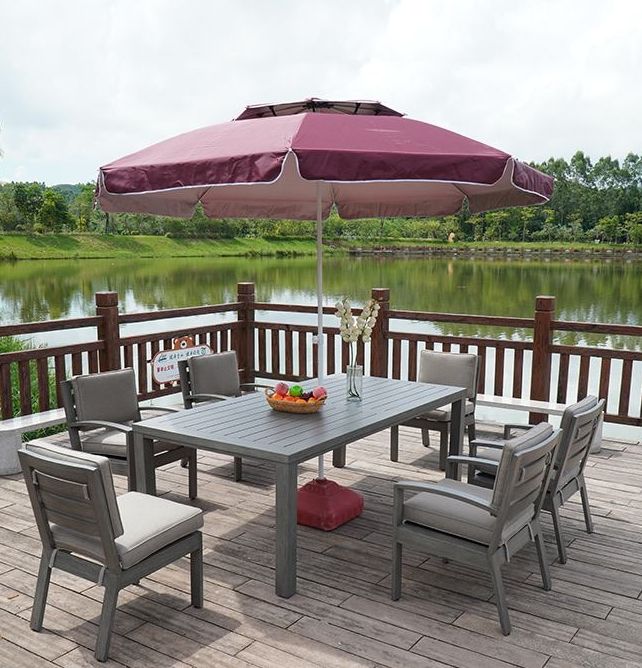Sustainable living and environmentally conscious choices have gained immense popularity in the last decade. Among the profusion of eco-friendly alternatives available, rattan garden furniture is one particular option that stands out for being both stylish and sustainable in outdoor spaces. Rattan, a naturally renewable palm, possesses several environmental advantages that make it a perfect material for garden furniture.
One of the primary benefits of using rattan is its fast rate of growth. Within six months, rattan can grow to heights of 2-3 meters thus making it a highly renewable resource. Therefore, rattan can be harvested at frequent intervals without causing permanent harm to the environment as it grows back quickly. Unlike tropical hardwoods which take decades or more to mature or recover after exploitation, rattans provide continuous supply materials hence minimizing disturbance on ecosystems.

Moreover, cultivating rattan can be environmentally friendly. It is often grown in rainforests therefore its cultivation there can help support local economies and give indigenous people employment opportunities. By harvesting rattan these communities can conserve their habitat while also earning an income sustainable enough to maintain their lifestyle. This approach contributes toward preventing rainforest loss since economic incentives provided by rattans farming makes them try prevent deforestation due to their benefits.
Additionally, the construction method used for crafting rattan furniture has some environmental advantages over other materials like cane and bamboo that are also used for making such fixtures but require long hour baking processes and use chemicals in order make them fire resistant as well as termite-proof . Again this artisanal approach promotes local skills thus reducing reliance upon high energy machinery when doing furniture production.
Rattan furniture is also renowned for its durability and long lifespan. They are capable of withstanding all weather conditions hence remaining beautiful over time. Hence minimal need keeps arising for replacements hence decreasing overall demand on fresh resources. Nowadays consumers want what cannot satisfy them within few years leading a shift from disposable culture; therefore acquisition of long-lasting rattans furniture is a sustainable practice that supports waste reduction.
Furthermore, in biodegradable it comes at the end of its lifecycle. Instead of silicon-based materials which can take centuries to decompose while in landfill sites , rattan will just rot naturally and get back into soil without introducing any toxic substances. Even after its life, this slow decay still keeps rattan furniture from being more harmful to the environment compared to other products made outside of wood.
It is now widely recognized by consumers that eco-friendly choices should be made and rattan garden furniture provides an irresistible first step in this direction. This marries beauty with environmental responsibility thus making it perfect for those who want beautiful exteriors without negating their environmental principles. As people became more conscious about environmental issues, there has been increasing demand for rattan furniture therefore promoting greater awareness on the benefits provided by nature’s product.
To sum up, it can be affirmed that Rattan Garden Furniture epitomizes a symbiotic connection between style and sustainability. Quick restoration rates, minimal ecological effects, support local economies as well as compostability all make remarkable environmentally friendly attributes of this material preferred by such kind buyers. Therefore those who choose rattan furniture not only enjoy the aesthetics of their gardens but also contribute towards saving our planet too.